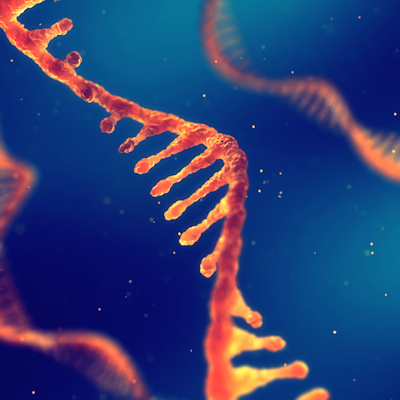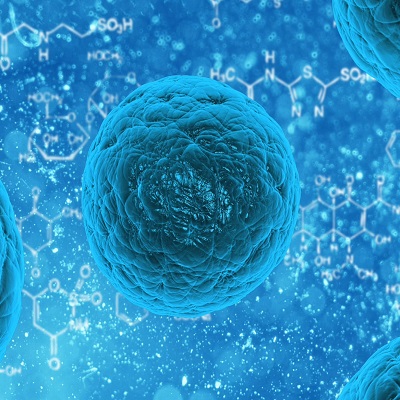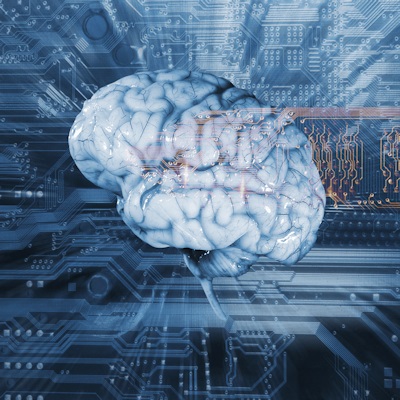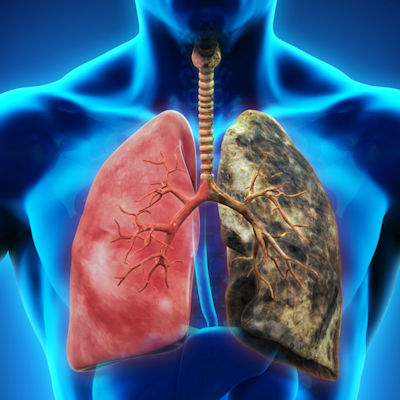 Programmable RNA-sensing technology enables manipulation of specific cell type
Programmable RNA-sensing technology enables manipulation of specific cell type
Researchers have developed a programmable RNA-sensing technology that triggers the production of a payload protein when it encounters specific cell types, with potential applications in diagnostics and therapeutics. Read More
 Challenge to textbook model of GPCR-mediated signaling opens door to new therapies
Challenge to textbook model of GPCR-mediated signaling opens door to new therapies
University of California, San Diego researchers have challenged the textbook model of how G protein-coupled receptors (GPCRs) mediate signaling in a study that could change how drugs against widely pursued targets are developed, including multiple forms of cancer. Read More
 Researchers develop way to observe bacteria in 3D environments such as tissues
Researchers develop way to observe bacteria in 3D environments such as tissues
Hydrogels have enabled Princeton University researchers to see how bacteria grow in 3D environments, enabling them to make unprecedented observations of bacterial colonies in their natural 3D state. Read More
 Healing properties of senescent cells raise questions about anti-aging research
Healing properties of senescent cells raise questions about anti-aging research
University of California, San Francisco researchers have found some senescent cells help to heal damaged tissues, raising questions about the merits of killing them to address age-related diseases. Read More
 RNA-based editing tool enables editing of specific cell types
RNA-based editing tool enables editing of specific cell types
Duke University researchers have used an RNA-based editing tool to introduce proteins into specific types of cells, which they contend could potentially enable modifying very specific cells and cell functions to manage disease. Read More
 Modeling advance enables exploration of cellular processes at atomic resolution
Modeling advance enables exploration of cellular processes at atomic resolution
University of Kansas researchers have developed a computational modeling approach that they claim is "tens or hundreds of thousands of times faster" than existing atomic resolution techniques, providing insights into the fundamental biology of cells. Read More
 MIT miniaturizes antenna for wireless operation inside living cells
MIT miniaturizes antenna for wireless operation inside living cells
Massachusetts Institute of Technology (MIT) researchers have created an antenna that can operate inside cells and is compatible with 3D biological systems, with the potential for applications in diagnostics and therapeutics. Read More
 Researchers further understanding of how circadian clock helps brain recover after injury
Researchers further understanding of how circadian clock helps brain recover after injury
Children’s National Hospital researchers have found that a relatively newly discovered type of brain cell -- known as NG2-glia -- also follows a circadian rhythm, findings that potentially open new paths of investigation for the development of future traumatic brain injury therapies. Read More
 Scientists use bacteria to build advanced synthetic cells with lifelike functionality
Scientists use bacteria to build advanced synthetic cells with lifelike functionality
Researchers have used bacteria to build complex synthetic cells using a living material assembly process, advancing efforts to create protocells that mimic the earliest stages and functionality of cellular life. Read More
 Single-cell sequencing reveals spatial map of immune cells in early-stage lung cancer
Single-cell sequencing reveals spatial map of immune cells in early-stage lung cancer
Using single-cell sequencing, researchers at the University of Texas MD Anderson Cancer Center have revealed a spatial map of tumor-infiltrating B cells and plasma cells that are prevalent in early-stage lung cancers, providing a basis for finding new immunotherapy targets. Read More
Conferences
Science Briefs
Member Rewards
Earn points for contributing to market research. Redeem your points for merchandise, travel, or even to help your favorite charity.
Research Topics
Interact with an engaged, global community of your peers who come together to discuss their work and opportunities.
Connect
Tweets by @ScienceBoard






